Amazing tech! James Webb Space Telescope revealed secrets of Earth's formation, NASA says
The James Webb Space Telescope (JWST) uncovered secrets about how Earth formed billions of years ago by detecting cold "steam" in young star disks, shedding light on planet birth mysteries.
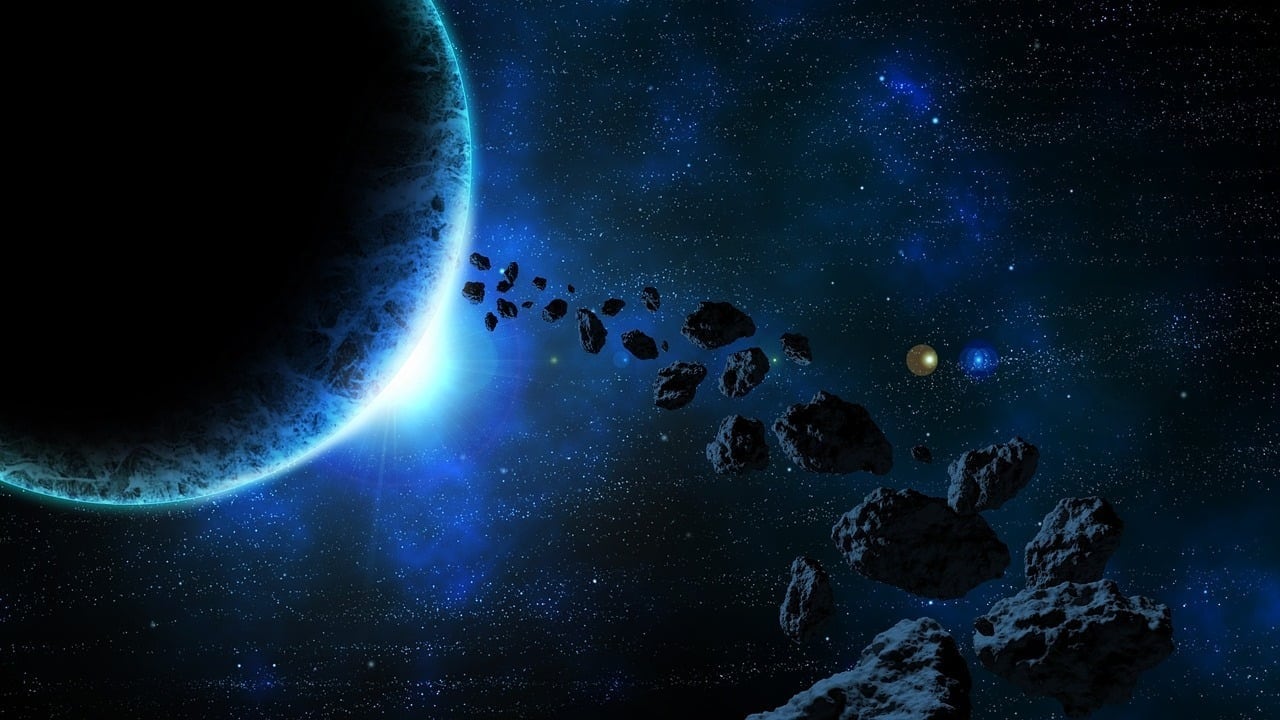
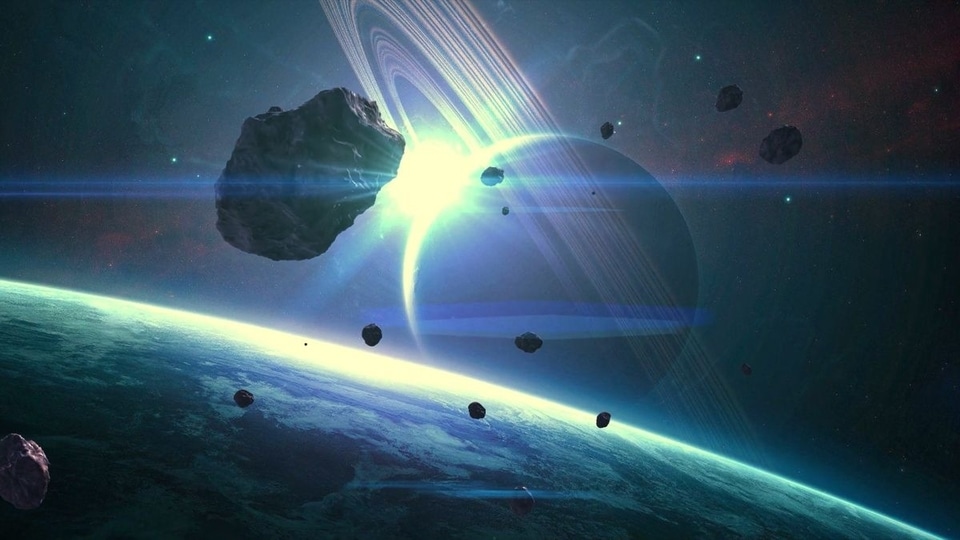
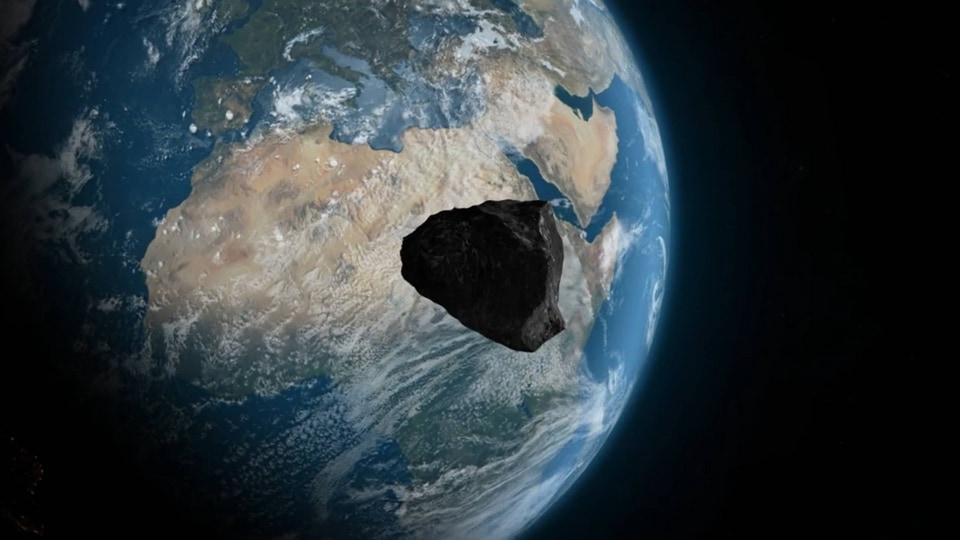

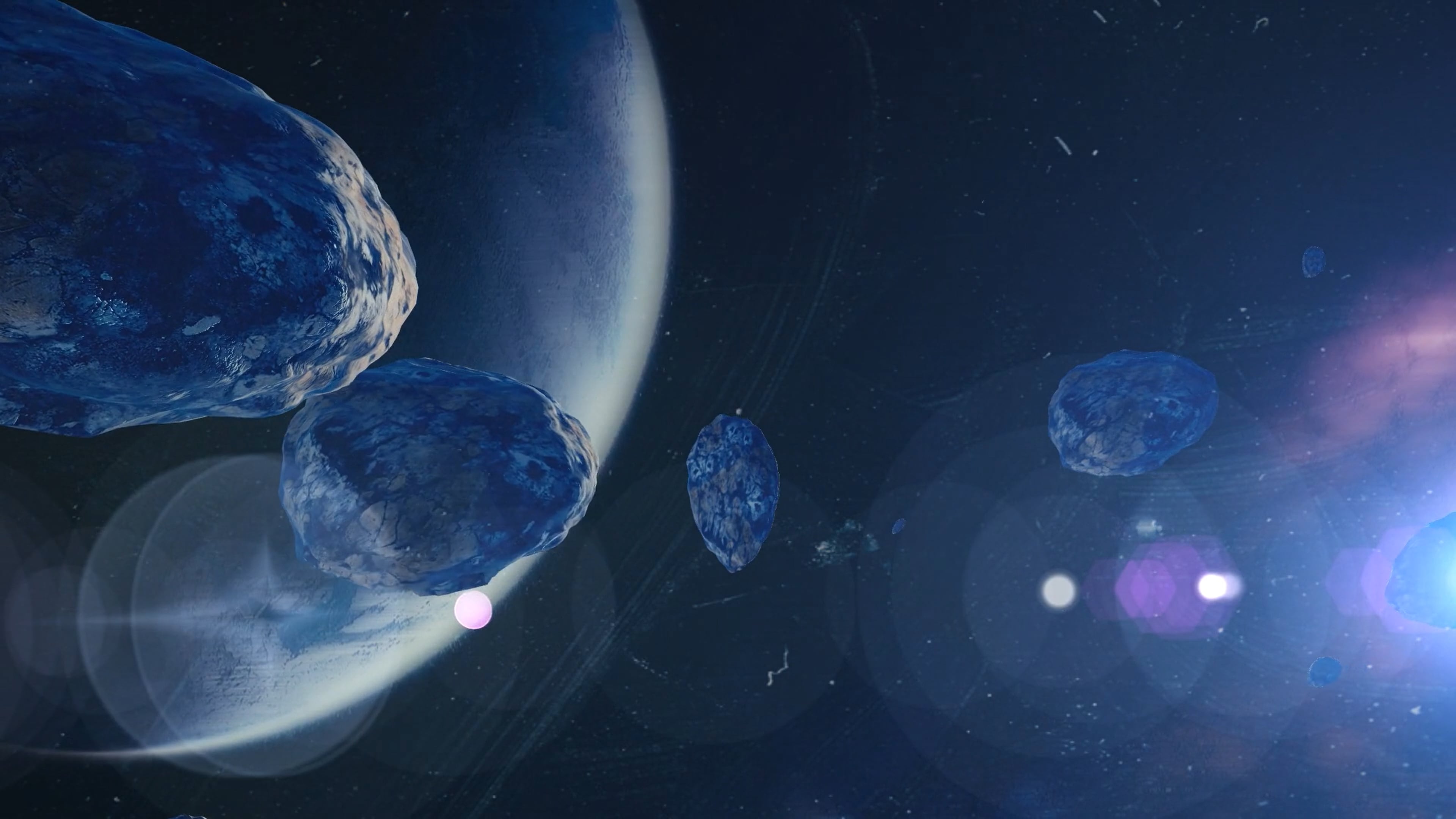
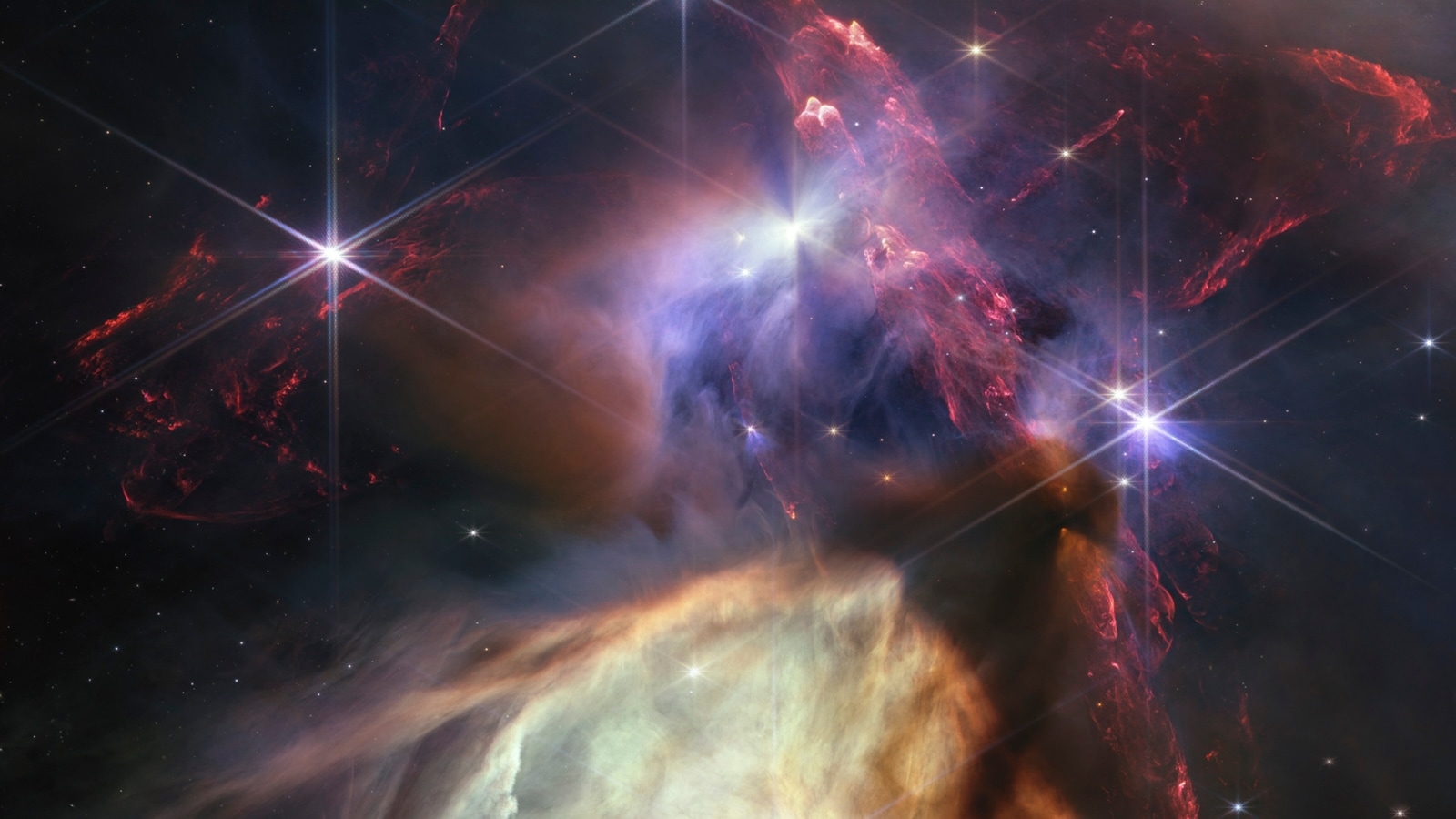
 View all Images
View all ImagesThe James Webb Space Telescope (JWST) has made a groundbreaking discovery, offering insights into the ancient origins of our planet. By observing two young stars' planet-forming disks in the Taurus star-forming region, located 430 light years away, James Webb Telescope detected a chilly "steam" or excess water vapour.
Scientists believe that planets, including Earth, form through a process called "pebble accretion." Tiny rocks, coated in ice, start in the outer regions of a planet-forming disk. As they drift inward, these icy pebbles pass a boundary known as the "snow line," where the disk's temperature is too high for water to exist as ice. This causes the icy coating on the pebbles to vaporise, releasing cold water vapour into the inner part of the disk, Space.com reported.
We are now on WhatsApp. Click to join.
JWST's Mid-Infrared Instrument (MIRI) Reveals Critical Evidence
JWST's Mid-Infrared Instrument (MIRI) detected this water vapour, supporting the theory of pebble accretion. Andrea Banzatti of Texas State University, lead author of a related paper, highlighted how JWST linked water vapour in the inner disk to the migration of icy pebbles.
The telescope observed four planet-forming disks, finding water vapour only in the two compact disks. The extended disks, belonging to systems CI Tau and IQ Tau, displayed rings in images taken by the Atacama Large Millimetre/submillimetre Array (ALMA) in Chile. One theory suggests that when migrating pebbles encounter higher pressure regions, their inward drift slows, forming rings.
Despite these findings, questions linger about the accretion process itself, how pebbles stick together to form larger objects without breaking apart. Colette Salyk of Vassar College notes that the JWST observations not only inform us about exoplanet formation but also offer clues about Earth's birth 4.5 billion years ago.
The dynamic picture painted by James Webb Telescope challenges the previous static view of planet formation, suggesting that different zones can interact with each other. As Webb Telescope continues its observations, it holds the potential to unravel more mysteries and provide a modern understanding of how planets, including Earth, come into existence.
One more thing! HT Tech is now on WhatsApp Channels! Follow us by clicking the link so you never miss any updates from the world of technology. Click here to join now!
Catch all the Latest Tech News, Mobile News, Laptop News, Gaming news, Wearables News , How To News, also keep up with us on Whatsapp channel,Twitter, Facebook, Google News, and Instagram. For our latest videos, subscribe to our YouTube channel.





























